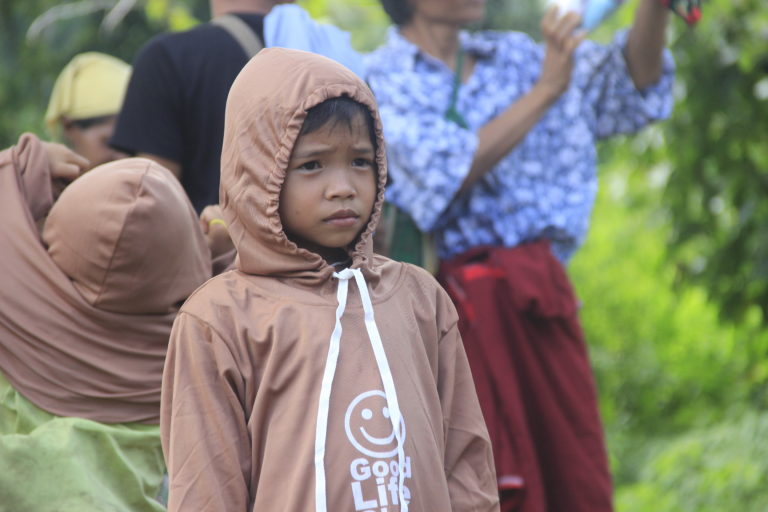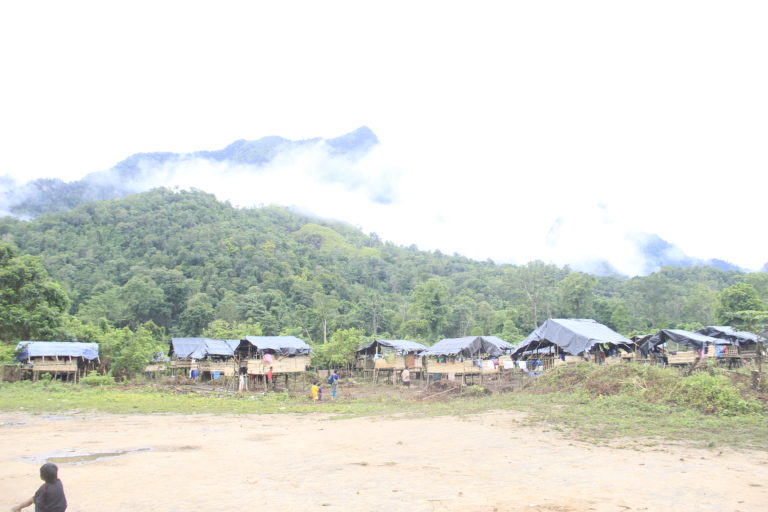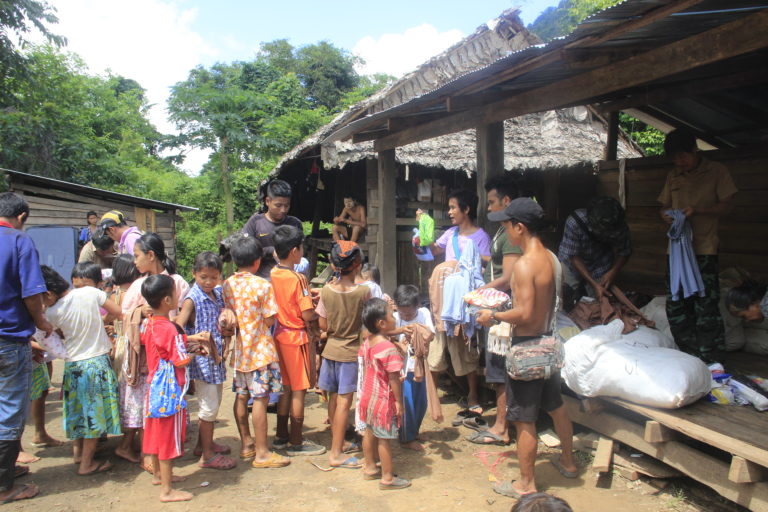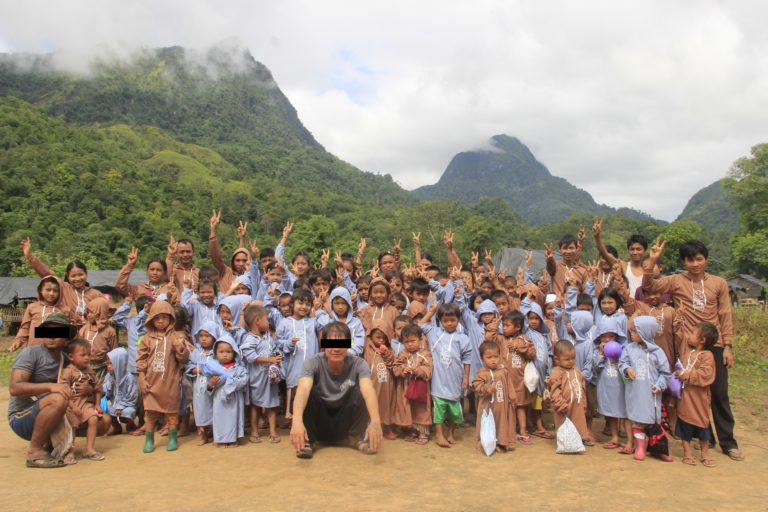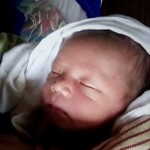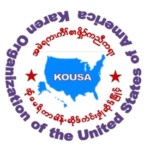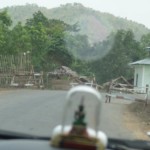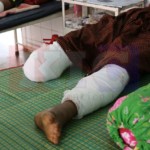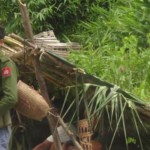Free Burma Rangers (FBR) | December 6, 2017
Karen 7th Brigade Region, Karen State, Eastern Burma
With two months into the conflict in Karen state the people of the K7 brigade region have yet to find respite from the intermitted clashes between the Democratic Benevolent Karen Army (DKBA), the Burma Army and Burma Army affiliated Border Guard Force (BGF). Both sides are guilty of committing numerous human rights abuses including forced conscription, new landmine laying, and firing upon civilians. While the total number of clashes have been low, the displacement of the people in this area has affected various sectors of livelihood such as ability to grow crops, access to shelter, healthcare, clean drinking water and education. Most of the individuals fled after hearing clashes approaching or after their villages were occupied by the DKBA or the BGF. Many doubt if they will be able to return home due to the placement of defensive landmines and the possible theft of property and livestock in their absence. Free Burma Rangers in the area recently initiated a mission aimed at alleviating some of the issues faced by the IDPs and to continue to monitor the ongoing situation.
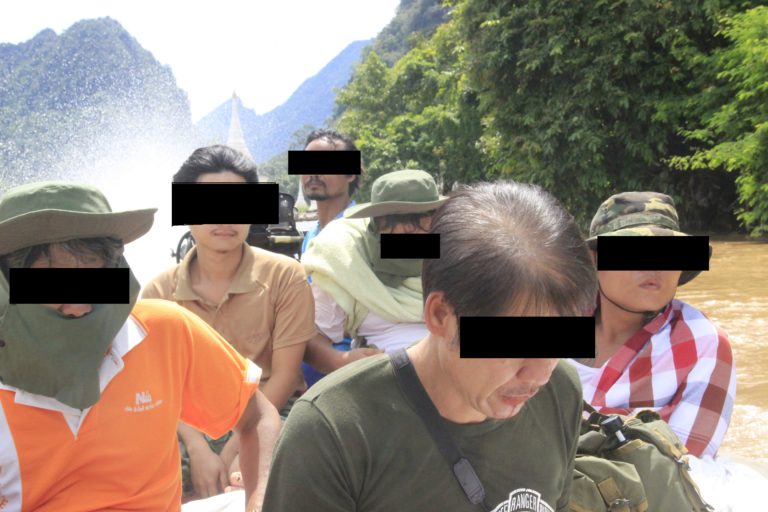
Free Burma Rangers on water transport heading towards IDP sites in the K7 Brigade region. Photo: FBR.
Situation
Many of the displaced in the area are now housed at two small villages-turned IDP camps, Htee Thay Khee and Naw Hta. At Htee Thay Khee alone, there are now 503 displaced individuals, coming from over 90 families. They are building huts for shelter, using bamboo and plastic sheets. At Naw Hta, huts remain unbuilt as the KNU is still monitoring the situation. Here there are 77 households and 392 IDPs. Since Htee Thay Khee village is close to Burma Army Brigade 44, Light Infantry Battalion (LIB) 9, the situation is not stable for the IDPs. They plan to stay there for three months but if the situation does not improve they will be likely sent to Naw Hta. Currently water pipes, food, pots, pans, blankets (strong need) and a water well are needed. There is also a need for basic medicines as pregnant women, infants and sick people are housed at the camp. The KNU has built a clinic, but its stocks of supplies remains low.
Burma Army soldiers come to areas around the camp around three times a day, but the residents are well protected by KNU (currently under ceasefire with the Burma Army). Most of the displaced doubt that they can or will go back to their villages. In addition to the threat of violence many of the villagers reported that their livestock have been harmed or killed by landmines or stray rounds. And, as many the displaced formerly earned their living by working in the fields, the threat of new landmines being laid in their fields has further compounded their reluctance to return.
There are many children at Htee Thay Khee but they are prevented from receiving an education by an ongoing shortage of school supplies. At Naw Hta however, children cannot study as a school has yet to be built.
Testimony
*Names have been changed for individual security.
On Displacement
Saw is a Poe Chi Lea villager who has come to Htee Thay Khee. He has a family of four.
I ran to this village a week ago. There was no fighting in our village, but because of the bombs we were frightened and had to flee. Otherwise we would not come here. The land mines were placed by DKBA. They told us that if we did not flee they would block our ways to escape. Thus, we had to flee quickly. In my village there are only three old people left with nobody to take care of them. Livestock and properties were all left. Two buffalos died because of the land mines in our village. We will live here for three months. If we could go back we will. If we need to go forward, we will. But it all depends on the leaders’ decisions.
We receive help in here. There is no great difficulty but I am not sure if we need to stay here longer. We need to live depending on the situation. The leaders are arranging the best way for us. However, we cannot work to earn for a living. All our properties are probably lost and destroyed.
On Education
Saw Say Say is a teacher in Htee Thay Kee Village.
I was teaching at
On Healthcare
Saw Lwin, is a village elder from Htee Thay Khee village.
I saw some difficulties with the people who have come here. The most important thing for them is water supplies, working sanitary facilities, and healthcare. Right now, water is not a problem, but if it gets any warmer it could be a problem. Malaria and diarrhea are the most common diseases happening among them. 90 households and 503 people have moved in to our village. Their difficulties became ours as well. We help them to our best ability, and thanked the leaders for giving us additional assistance. The villagers are from 6 villages – Ler Peh Deh, Thay Kho, Poe Hsi Lea, Htee Baw Klo, War Bway Htoo, Meh Plo Htar. They dared not stay in their village because of the fighting, and now, because of the DKBA they had to run away. They dare not come directly so had to go along the long way before arriving our village.
Areas Addressed by FBR Teams
FBR has assisted these communities in several ways. The teams provided medicine and set up a clinic with the teams medics. Additionally food was provided to the IDPs in the way of rice and a pig, which was slaughtered and passed around to the displaced at Htee Thay Khee.
GLC support was provided in the following manner:
Htee Thay Khee
Two sets of toys
GLC food – 154 packets
GLC clothes – 100
Used clothes – 1 packet
Naw Hta Village
Two sets of toys
GLC packet – 140 packets
GLC clothes – 100
Used clothes – 1 packet
This report originally appeared on Free Burma Rangers (FBR) on December 6, 2016.

